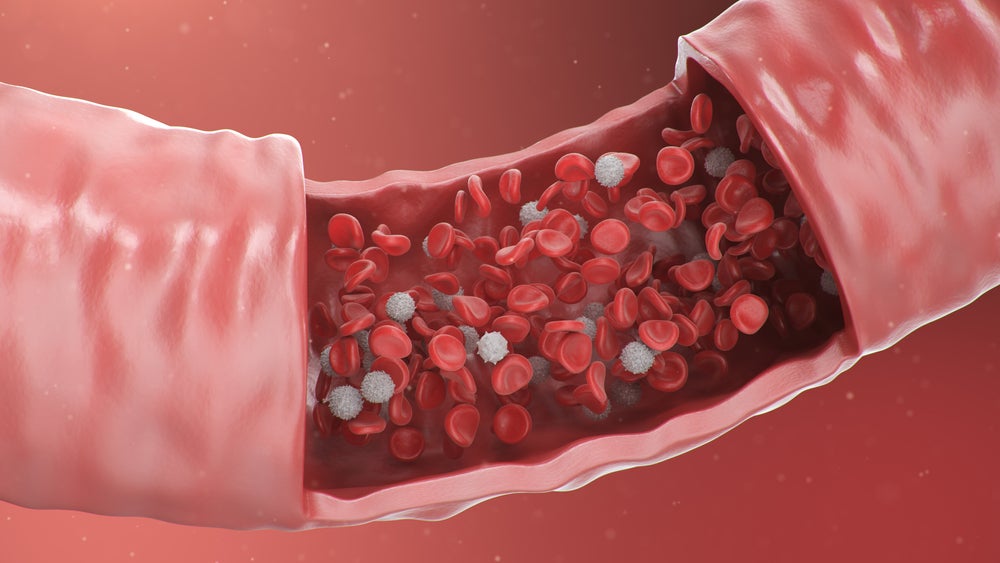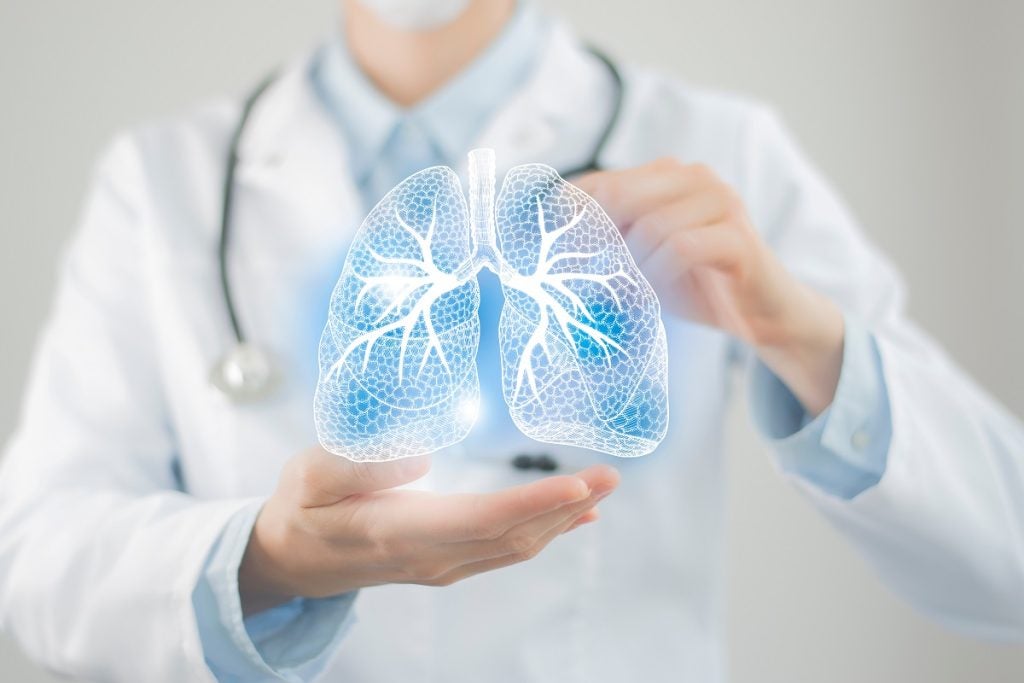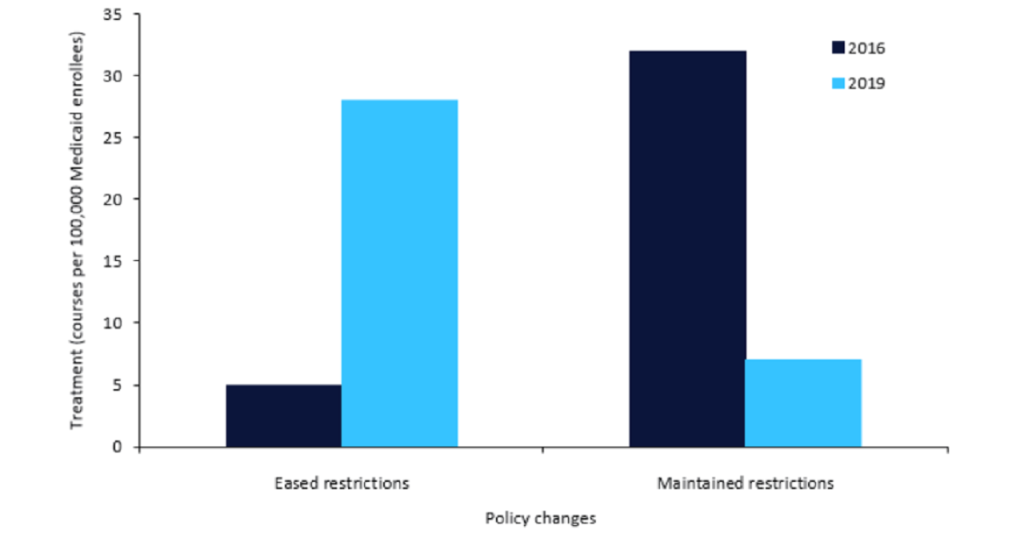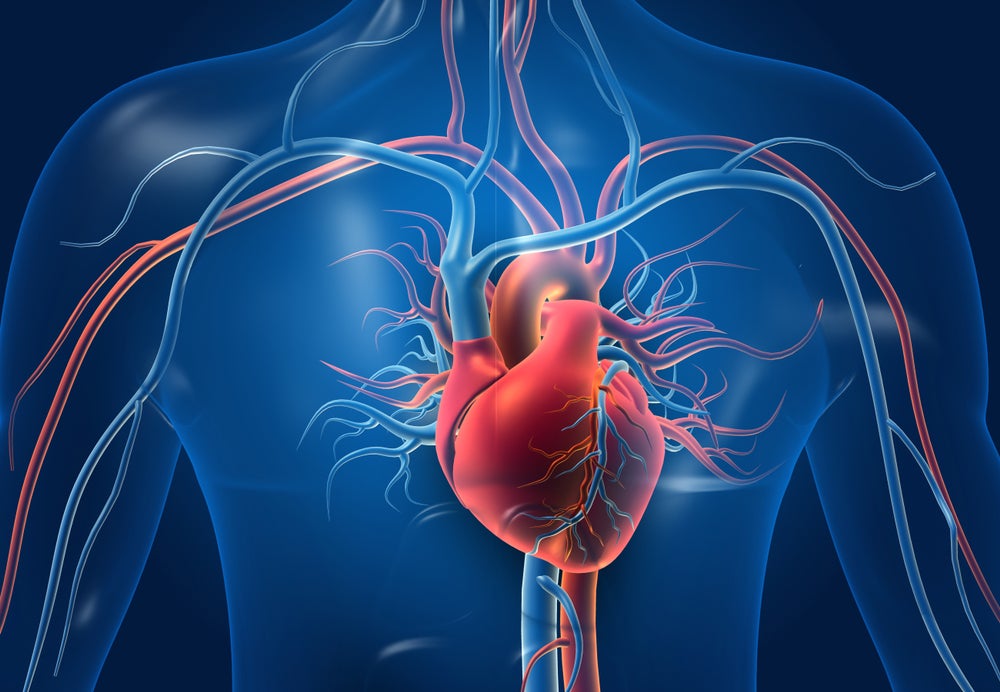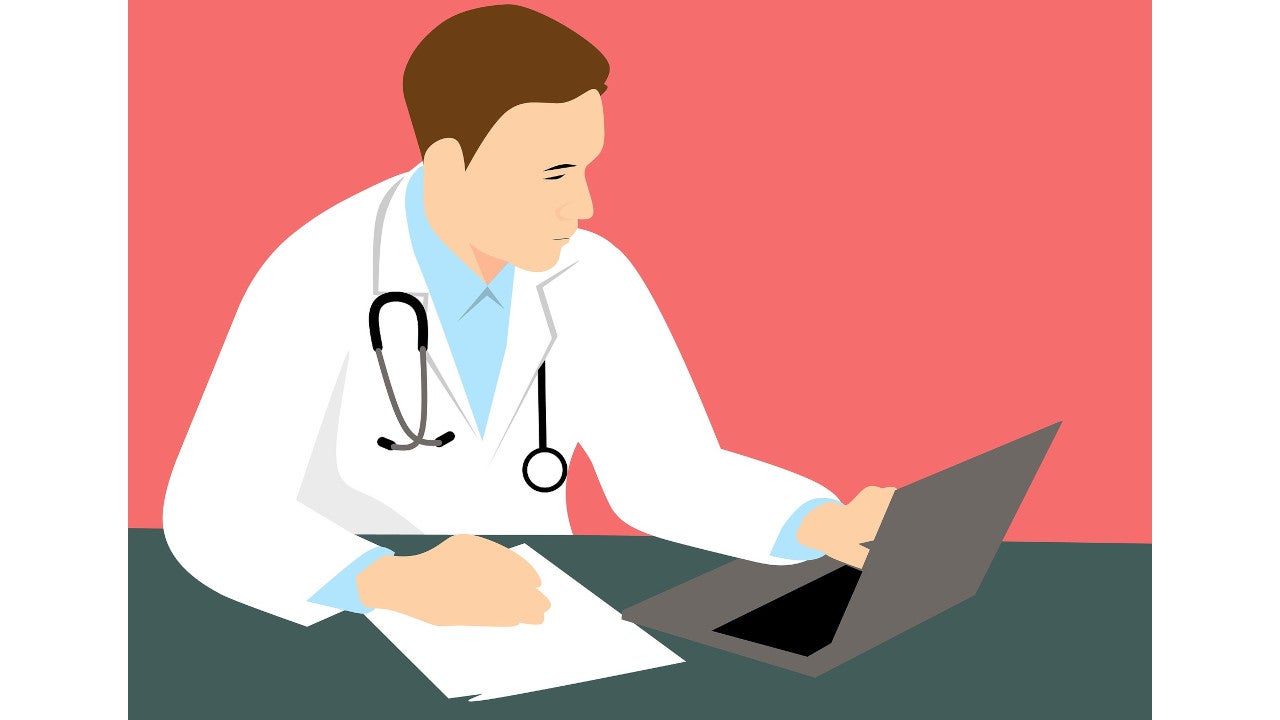
Remote patient monitoring (RPM) has emerged as one of the key approaches to assist patients following the COVID-19 pandemic, which led to the implementation of social distancing and lockdown measures to contain the viral spread.
RPM has enabled medical and other health data to be collected from individuals located at different places using new technologies instead of using conventional healthcare settings. The increased use of RPM has accelerated the development and validation of digital biomarkers, especially for identifying people at risk of COVID-19.
Digital biomarkers are consumer-generated objective, quantifiable, physiological, and behavioural measures that are collected by sensors, which are usually embedded in portable, wearable, implantable or digestible devices.
RPM, along with digital biomarkers, help in tracking and monitoring COVID-19 symptoms among the population in order to contain potential outbreak. Wearable devices or smartphones can be used to monitor temperature, respiratory rate, coughing and heart rate to identify individuals at risk of coronavirus, monitor other symptoms and even track disease progression.
Such devices notify the user of potential infection as well as provide general information, prevention and update on real-time disease transmission. Several companies such as Huma, Biofourmis, Oura, and Kinsa Health have unveiled their digital biomarker technologies for tracking COVID-19.
Huma’s RPM software, for example, improves monitoring of individuals at risk or who are already diagnosed with COVID-19, while Biofourmis’ platform continuously monitors and assesses related symptoms. Oura has developed a wearable smart ring to monitor early-signs of the infection, while Kinsa Health delivered a smart thermometer.
How well do you really know your competitors?
Access the most comprehensive Company Profiles on the market, powered by GlobalData. Save hours of research. Gain competitive edge.

Thank you!
Your download email will arrive shortly
Not ready to buy yet? Download a free sample
We are confident about the unique quality of our Company Profiles. However, we want you to make the most beneficial decision for your business, so we offer a free sample that you can download by submitting the below form
By GlobalDataThe digital biomarker technology can also be used to identify COVID-19 ‘hot spots’ by tracking vital signs of the public in a region and detect any anomalies, thereby preventing or containing a larger outbreak.
Such approaches may include the use of a wearable device with in-built thermometers, which help in detecting higher temperatures among the monitored people as fever is one of the most common symptoms of COVID-19 disease.
Furthermore, the RPM approach and digital biomarkers have helped the pharmaceutical and healthcare industry to address the disruptions in ongoing and planned clinical trials. According to GlobalData’s Clinical Trials Database, a vast majority of these trials (approximately 70%) were disrupted as enrolment of patients was suspended.
The use of digital biomarkers and connected devices can help in mitigating the impact as the wearable devices enable remote tracking vital signs and other physiological data. As a result, more patients were able to participate in trials from their own homes.



